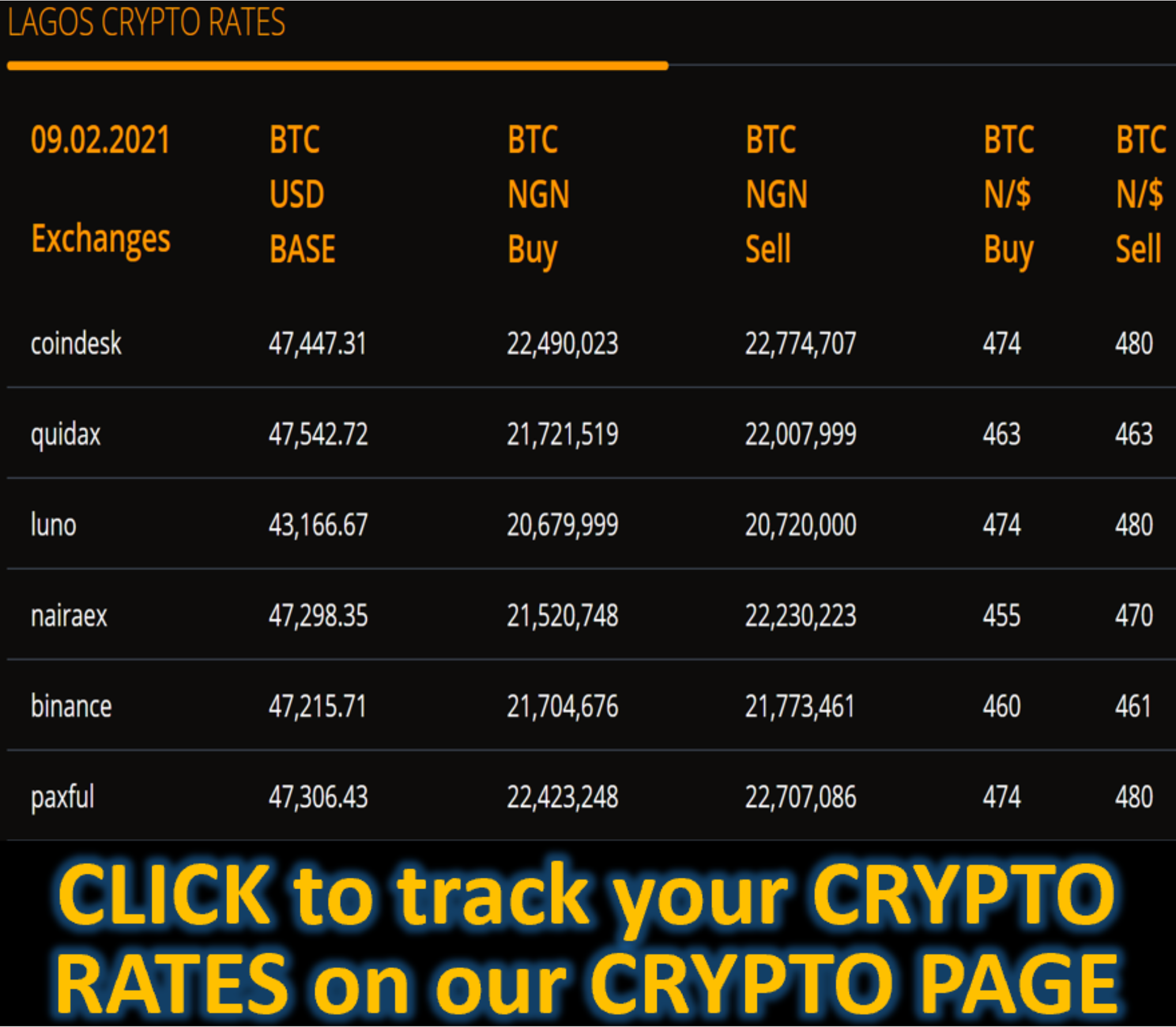Market News
Another UK interest rate cut this year looks increasingly unlikely - cnbc
Key Points
- Higher inflation and geopolitical uncertainty have led markets to price in a less than 50% chance of another Bank of England interest rate cut this year.
- Expectations shifted following the BOE’s August meeting, when it became clear the central bank remains highly wary of easing too soon.
- However, analysts said there is still a possibility of another reduction in November if price rises remain in-line with the BOE’s own forecast and the labor market continues to ease.
Traders see a growing likelihood the Bank of England will keep interest rates on hold for the rest of the year, after inflation came in at a higher-than-expected 3.8% for July.
Money markets were on Wednesday putting a 57% probability on the Bank Rate remaining at the current 4% at the BOE’s final meeting of 2025 in December, according to LSEG data.
Expectations earlier in the summer leaned toward at least one more quarter-point cut in 2025, particularly given the moderate pace of economic expansion, signs of easing wage growth and increased certainty on the trade front, after the U.K. secured an early tariff deal with the White House.
That changed at the BOE’s August monetary policy meeting. The vote to cut rates came via an unexpectedly slim 5-4 majority, with the dissenting policymakers preferring another hold.
Messaging that the BOE is “focused on squeezing out any existing or emerging persistent inflationary pressures” and that Governor Andrew Bailey sees an upside risk to the inflation outlook amid geopolitical uncertainty, reinforced the idea that the central bank is highly wary of cutting too soon.
The latest inflation print out Wednesday produced a mixed picture. The headline 3.8% rate was a touch above the 3.7% consensus flagged in a Reuters poll, though in-line with the BOE’s own forecast, which sees price rises peaking at 4% in September before easing to 3.6% by the year-end.
Areas of concern include rising food prices and persistently high inflation in the services sector — attributed by some economists to the government’s recent hikes to the minimum wage and tax contributions for employers. However, energy prices applied downward pressure in July.
November cut still on table?
James Smith, developed markets economist at ING, noted however, that a big contributor to higher services inflation came from airfares, a volatile seasonal factor that the BOE can “safely ignore.”
Smith said in a Wednesday note that he still saw a November rate cut as “more likely than not,” but added that it was “not a particularly high conviction call right now given the very evident division on the rate-setting committee.”
“Much also hinges on the jobs market, where employment has fallen in eight out of the past nine months, but where the survey data is looking a little less worrisome than it did earlier this year,” he said.
Cathal Kennedy, senior U.K. economist at RBC Capital Markets, also said a 25-basis-point cut in November was still on the table — but only if inflation remains in-line with BOE forecasts and the labor market continues to ease.
At the very least, the July print “extinguishes hope of a September interest rate cut,” said Suren Thiru, economics director at the Institute of Chartered Accountants in England and Wales.
“While spiralling business costs and food prices may mean that inflation peaks higher than the Bank of England’s prediction of 4%, it should start decelerating in the autumn as a weaker economy increasingly bears down on prices,” Thiru added.
Higher rate impact
The latest updates will be concerning for U.K. borrowers, including homeowners on tracker mortgages or those nearing the end of fixed deals, mortgage firms said Wednesday.
“Mortgage rates have stagnated over the past few weeks and there may be some small increases in current rates available off the back of this data,” said Elliott Culley, director of Switch Mortgage Finance.
The government will also be nervous about expectations for tighter financial conditions putting pressure on U.K. borrowing costs. While gilt yields were broadly lower on Wednesday, repricing of the rate outlook in recent weeks took the 30-year gilt yield to its highest level since 1998, while the 10-year yield reached a three-month high.









